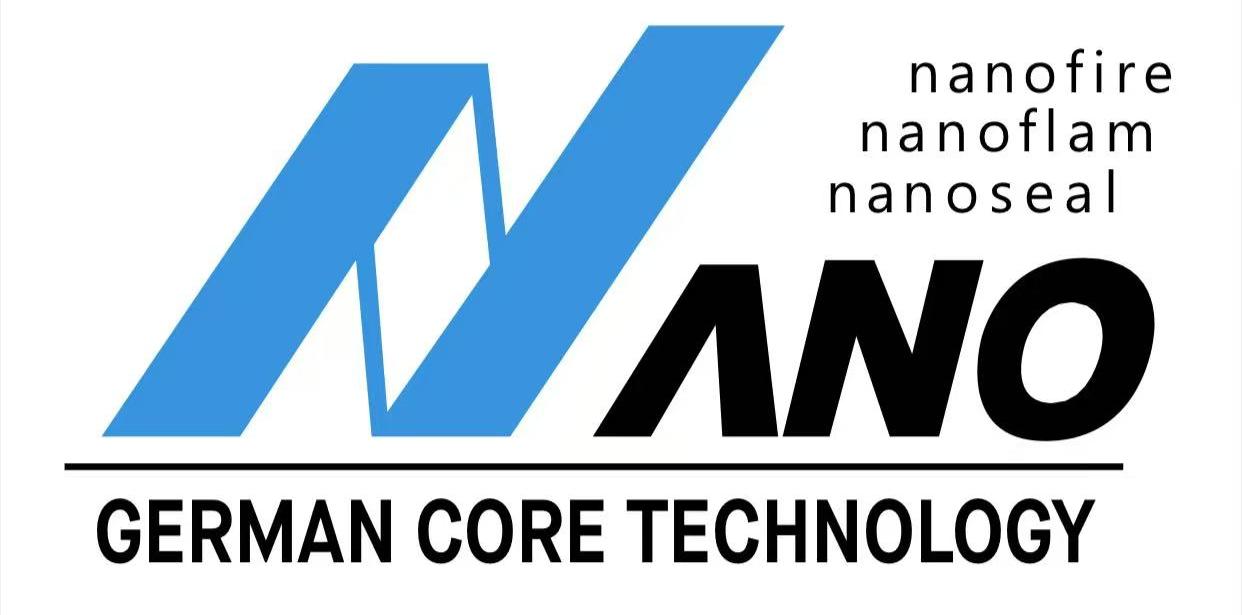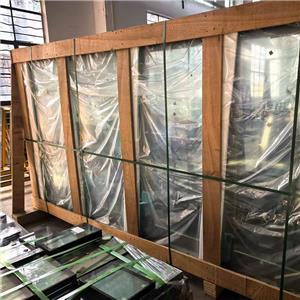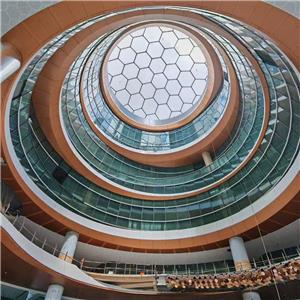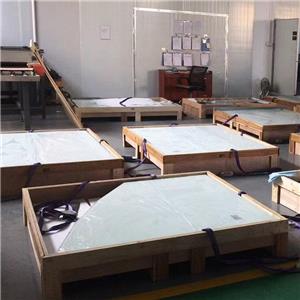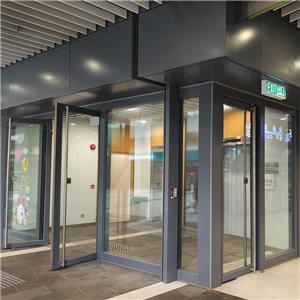The Critical Role of Intumescent Seals in Fire-Resistant Glazing Systems
Intumescent glazing seals—often overlooked as mere accessories—are in fact the linchpin of fire-resistant glass systems. These specialized components transform passive glazing into active fire barriers by expanding up to 10× their original volume when exposed to heat, sealing critical gaps between glass edges and framing. This dynamic response is fundamental to containing flames, smoke, and toxic gases during building fires. Here, we examine their engineering principles, performance standards, and transformative impact on fire safety.
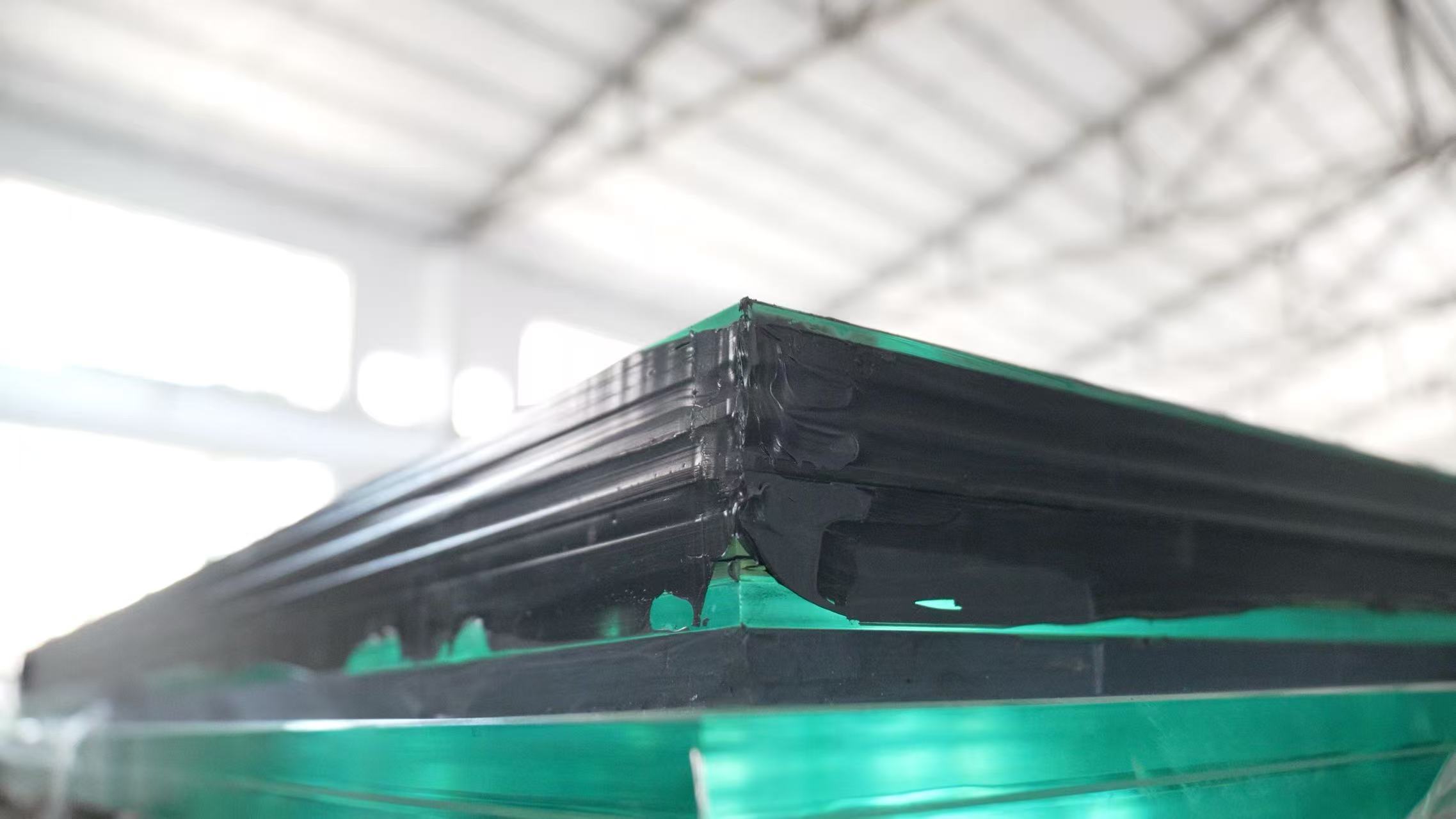
? The Science Behind Intumescent Seals
Intumescent seals are typically composed of hydrated sodium silicates, graphite, or polymer-based compounds. When temperatures reach 110–120°C, these materials undergo a chemical reaction:
Dehydration: Releases water vapor, cooling adjacent surfaces and delaying heat transfer
Expansion: Forms a rigid, insulating char foam (up to 5 cm thick) that fills gaps between glass and frames
Insulation: The char layer reduces thermal conductivity to ≤0.15 W/(m·K), preventing frame ignition and maintaining glass integrity
Without these seals, even fire-rated glass fails prematurely. Gaps as small as 1 mm can allow 1,200°C flames to penetrate within 10 minutes, compromising escape routes
?️ Performance Standards and Testing
Intumescent seals must meet rigorous criteria to certify fire-resistant glazing systems:
Integrity (E-class): Prevents flame/smoke passage for 30–120 minutes (e.g., BS 476-22, GB 15763.1)
Insulation (EI-class): Limits temperature rise on the non-fire side to ≤140°C average, ≤180°C peak
Hose Stream Test: Validates structural stability after fire exposure by resisting high-pressure water jets
Seals like Intumastic acrylic firestop undergo 3-hour system tests, expanding to seal irregular penetrations (cables, pipes) while maintaining flexibility for seismic movement
⚙️ Strategic Applications in Fire-Resistant Glazing
1. Perimeter Sealing in Framing Systems
Timber/Metal Frames: Intumescent gaskets compress glass edges, accommodating thermal expansion. During fires, they expand asymmetrically to counteract frame warping, maintaining seal integrity
Curtain Walls: Hybrid seals with graphite cores block radiant heat transfer at spandrels, preventing fire leapfrog
2. Joint and Penetration Sealing
Cable/Wall Openings: Intumescent pillows (e.g., fireproof sponge + silicate) plug voids around pipes or conduits. Unlike mortar, they allow retrofitting without demolition
Movement Joints: Water-based acrylic sealants (e.g., Topsen’s red-colored variant) permit ±25% joint movement while providing 3-hour fire resistance
3. Fire-Rated Doors and Partitions
Glass Doors: Edge seals in fire doors with ceramic glass (e.g., PYROBEL) expand to stabilize glass under thermal stress, preventing fallout
Glass Partitions: In non-insulating E-class glazing, seals compensate for glass edge degradation, extending integrity by ≥30 minutes
? Installation and Maintenance Imperatives
Precision installation is non-negotiable:
Edge Protection: Seals must fully contact glass edges protected by aluminum foil to prevent silicate gel degradation from UV or humidity
Frame Compatibility: Steel frames require ceramic fiber pads to mitigate heat conductivity; timber needs char-resistant coatings
Quality Control: Gaps >3 mm or adhesive failures reduce fire resistance by ≥50%
Maintenance protocols include:
Annual smoke penetration tests (per ASTM E283) to detect seal compression fatigue
Replacement if seals exhibit cracking, shrinkage, or UV damage.
? Conclusion: Beyond Compliance to Life Safety
Intumescent seals exemplify engineered adaptability—transforming vulnerabilities (gaps) into robust fire defenses. By sealing the weakest links in glazing systems, they enable fire-resistant glass to fulfill its life-saving mandate: containing fires for 30–120 minutes, facilitating evacuation, and protecting structural integrity. As high-rise construction embraces larger glazed areas, innovations like nanosilicate-enhanced seals (with 20% faster activation) will further integrate fire safety with architectural transparency.
